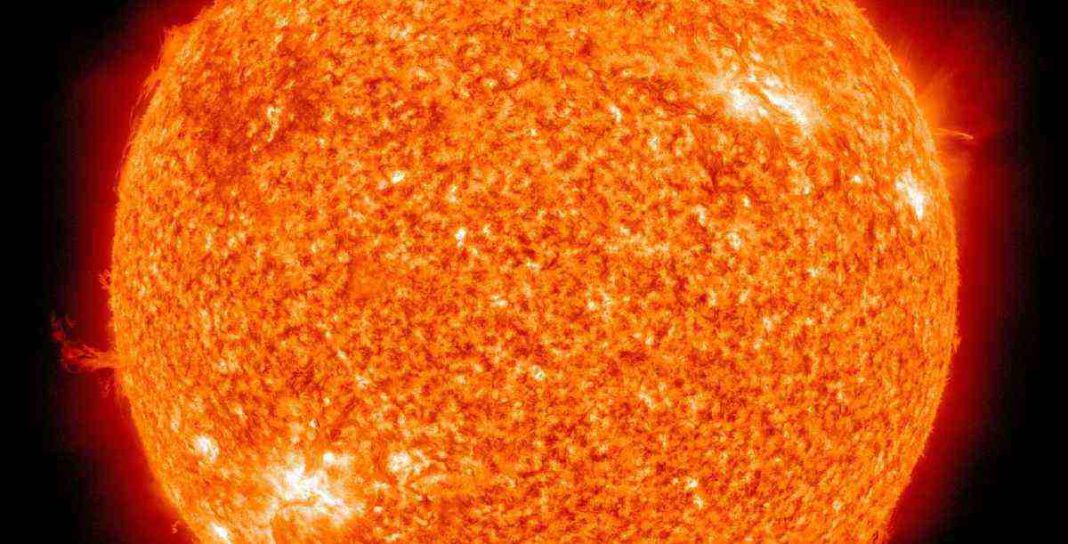BELGIUM: Astrophysicists have long been intrigued by a perplexing question surrounding the Sun: why is its outermost layer, the corona, astonishingly hotter than its surface?
For over eight decades, scientists have grappled with the coronal heating problem, which seems to defy conventional wisdom that temperature should decrease as one moves away from a heat source.
Now, a remarkable breakthrough by a team of researchers from the Royal Observatory of Belgium (ROB) and KU Leuven promises to illuminate one of the most enduring mysteries of our solar system.
Led by Prof. Tom Van Doorsselaere at KU Leuven, the team dived into a new realm of understanding by exploring the role of magnetic waves in heating the Sun’s corona.
Their findings suggest that high-frequency magnetic waves play a crucial role in the heating process, shedding light on a phenomenon that has confounded astrophysicists for generations.
The pivotal insight was gleaned from observations made by the Extreme Ultraviolet Imager (EUI) telescope, an essential instrument onboard the European Space Agency’s Solar Orbiter spacecraft.
Operated by the ROB, the EUI telescope produced groundbreaking images of the solar corona with unprecedented resolution, revealing rapid oscillations in the tiniest magnetic structures of the corona.
These high-frequency waves were found to contribute significantly to the heating of the Sun’s atmosphere, providing a possible explanation for the extreme temperature difference between the corona and the Sun’s visible surface, or photosphere.
Dr. Daye Lim, lead author of the study, conducted a meticulous meta-analysis to compare the energy generated by the new, fast oscillations with that of the already known slower oscillations.
The results clearly demonstrated that the high-frequency waves hold a dominant position in the total heating of the solar atmosphere, finally providing a breakthrough in understanding the enigmatic coronal heating problem.
Dr. David Berghmans, principal investigator of EUI, expressed excitement about the discovery, stating, “Since her results indicated a key role for fast oscillations in coronal heating, we will devote much of our attention to the challenge of discovering higher-frequency magnetic waves with EUI.”
The ramifications of this discovery are far-reaching. Not only does it provide a better understanding of the Sun’s complex dynamics, but it also has significant implications for our solar system.
Understanding the processes at play in the corona is essential for comprehending space weather and its impact on Earth and other planets within our cosmic neighborhood.
The New research, published in the prestigious Astrophysical Journal Letters, marks a turning point in solar physics.
Armed with this newfound knowledge, scientists are now poised to explore uncharted territories of our nearest star, uncovering its secrets and enhancing our ability to predict and manage space weather effects that can influence satellite communications, power grids, and even astronaut safety.
Also Read: SpaceX Set to Launch World’s Largest Commercial Communications Satellite, Jupiter 3



